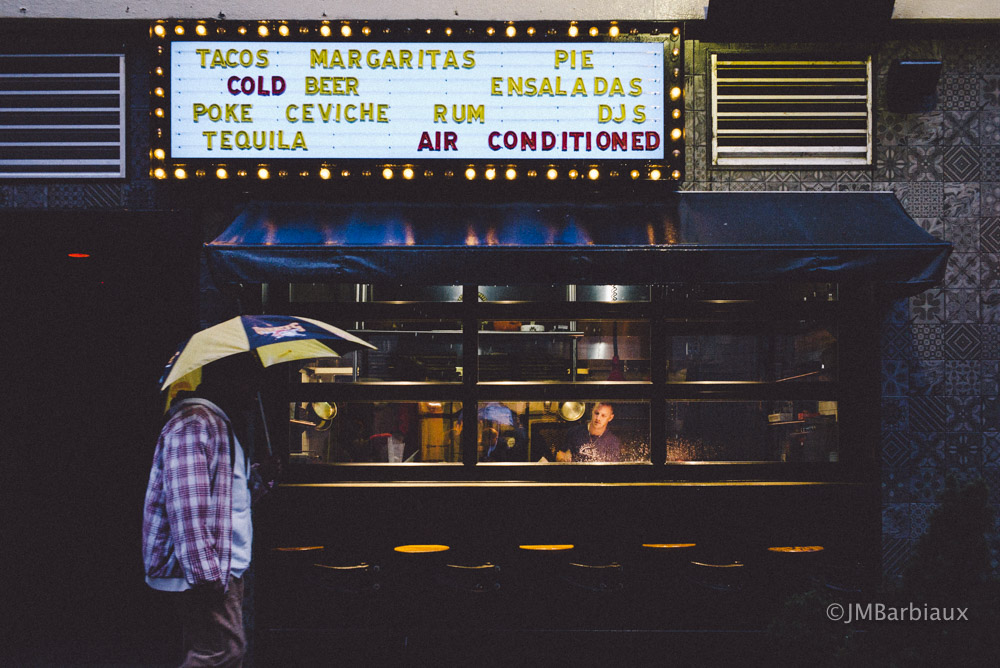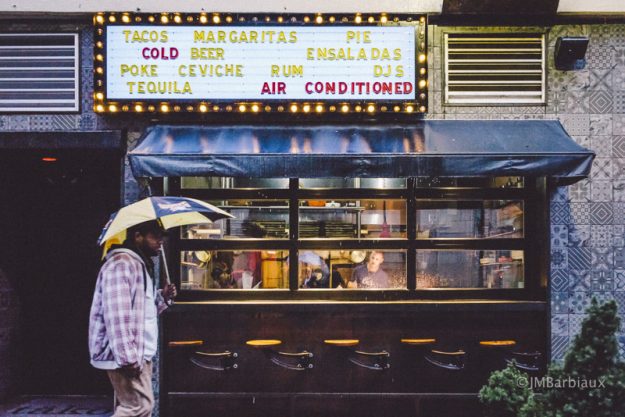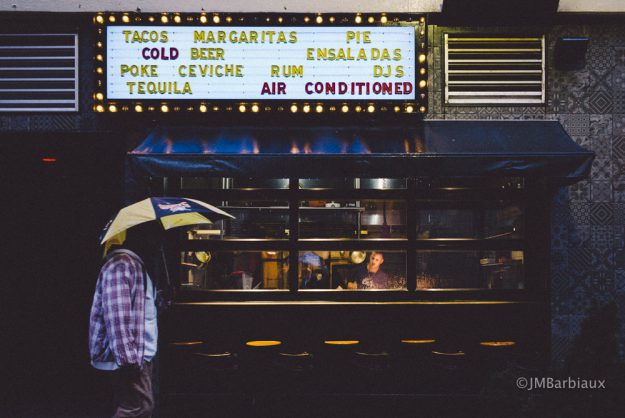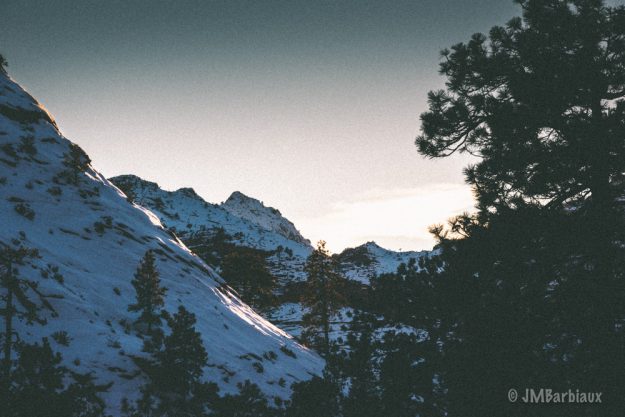When was the last time you tweaked your post processing workflow? Do you instinctively start out each edit by increasing your shadow detail and reducing your highlights like the majority of folks out there? What if I told you that you might be making a mistake? Don’t get me wrong, there is a time and a place for just about everything. However, if your approach to post processing is similar for each and every photograph you take then I believe you’re making a mistake.
Now hear me out…
[twentytwenty]
Instead of reducing highlights and recovering shadows I typically take the opposite approach. As you can see in the above comparison, I embrace the shadow areas which in turn emphasizes the subtle light. You can see the warm glow from inside the restaurant and how it illuminates the rain splatter on the window. The light spills out onto the top of the seats that line the large window the cook is looking out from. The image below takes the same approach but with a landscape image as opposed to a street photograph.
Had I recovered the shadows, which I could have with the Nikon D810, the image would have lost all interest to me. I love the subtle remnants of light on the side of the mountain as the sun begins it’s decent beyond the horizon. In fact, had I recovered the highlights the tree’s on the right of the frame would have looked clustered and distracting. In addition to adding mood or emotion to your photographs, shadows can hide unwanted areas of a photograph and draw viewers eyes where you’d like them.
Peoples preferences are varied so don’t be dismayed if you prefer the bottom, more exposed, image over the top one… That has been the trend for quite some time now. All I’m saying is that you can create more dynamic photography by embracing shadow and highlight areas as opposed to chasing perfect exposure with every image. That subtle light in the top image is as much the subject of the photograph as the sign, window, and people within the frame.
Ultimately, each and every photographer should process his or her photography in accordance with their vision. My style is certainly not a one size fits all approach. Give it a try to feel free to share your thoughts in the comments below.








I think some of us fall into processing habits, some worse than others with presets on import to save time and possibly effort. Of course there is potentially the need to adhere to a certain style if a photog is on the portrait/wedding side of things. Good call out here on processing – always to open to seeing your own photographs differently.